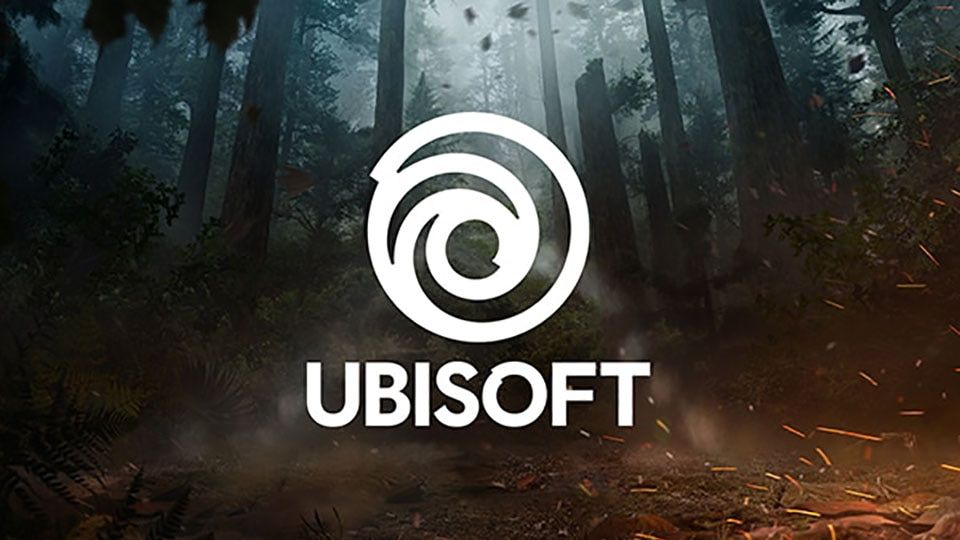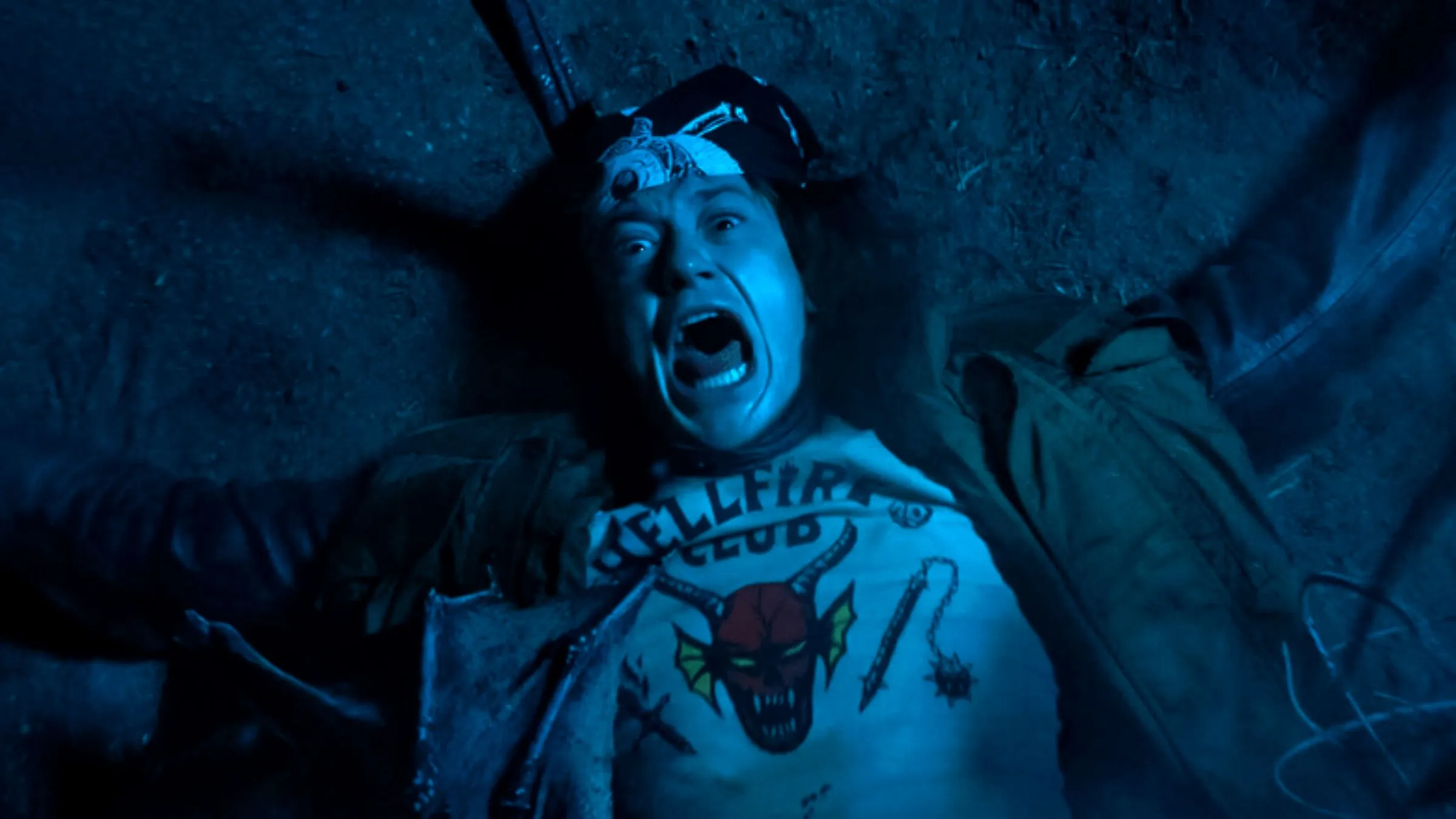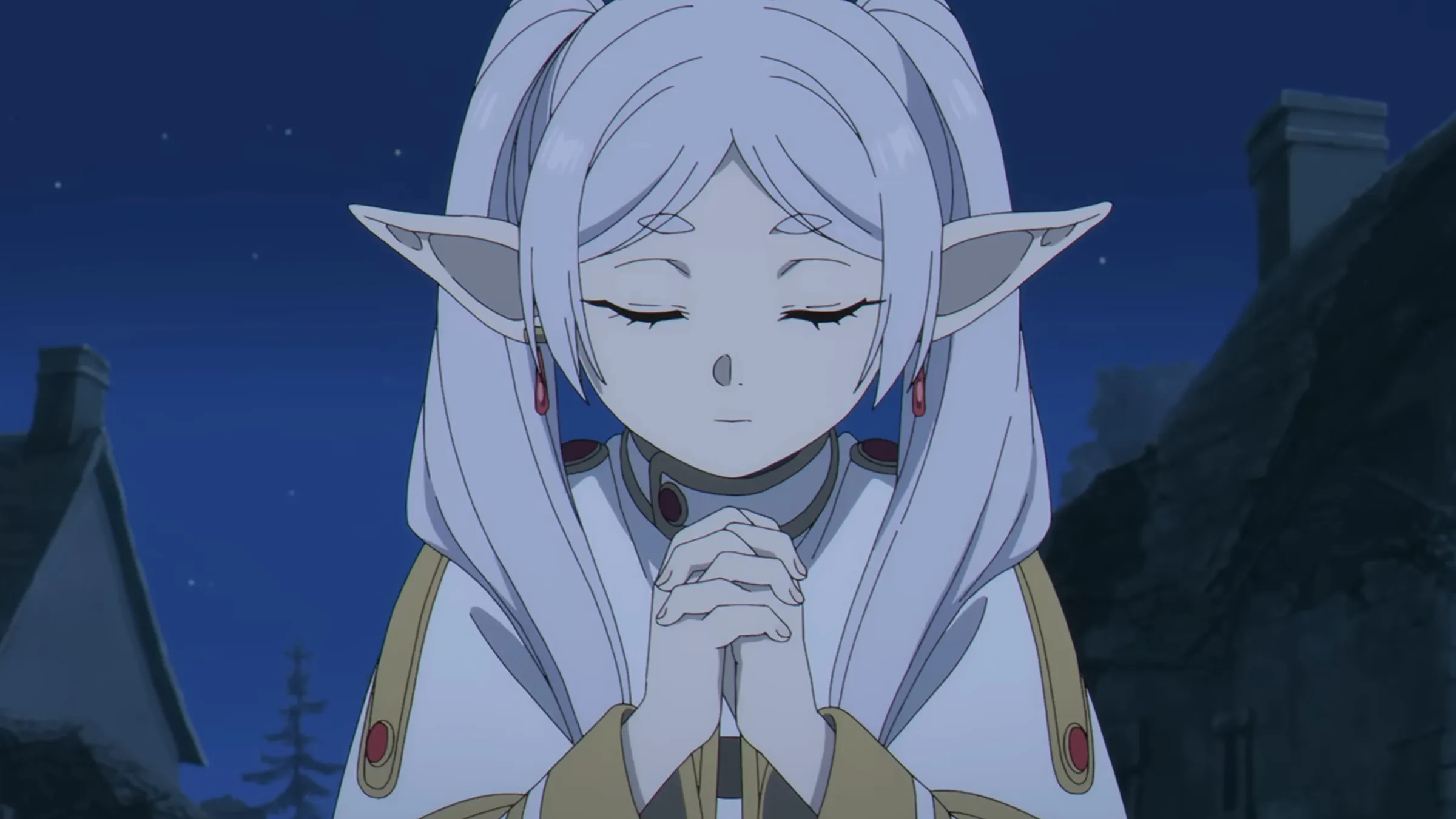Ubisoft just killed its Halifax studio right after it unionized, but says the shutdown was decided “well before” — over 70 developers have been affected

News broke on Wednesday morning that Ubisoft is closing its Halifax studio. The information came from an internal email obtained by VGC. Ubisoft, the company behind mobile games like Assassin’s Creed Rebellion and Rainbow Six Mobile, is restructuring and cutting costs, and the Halifax location is part of those changes.








